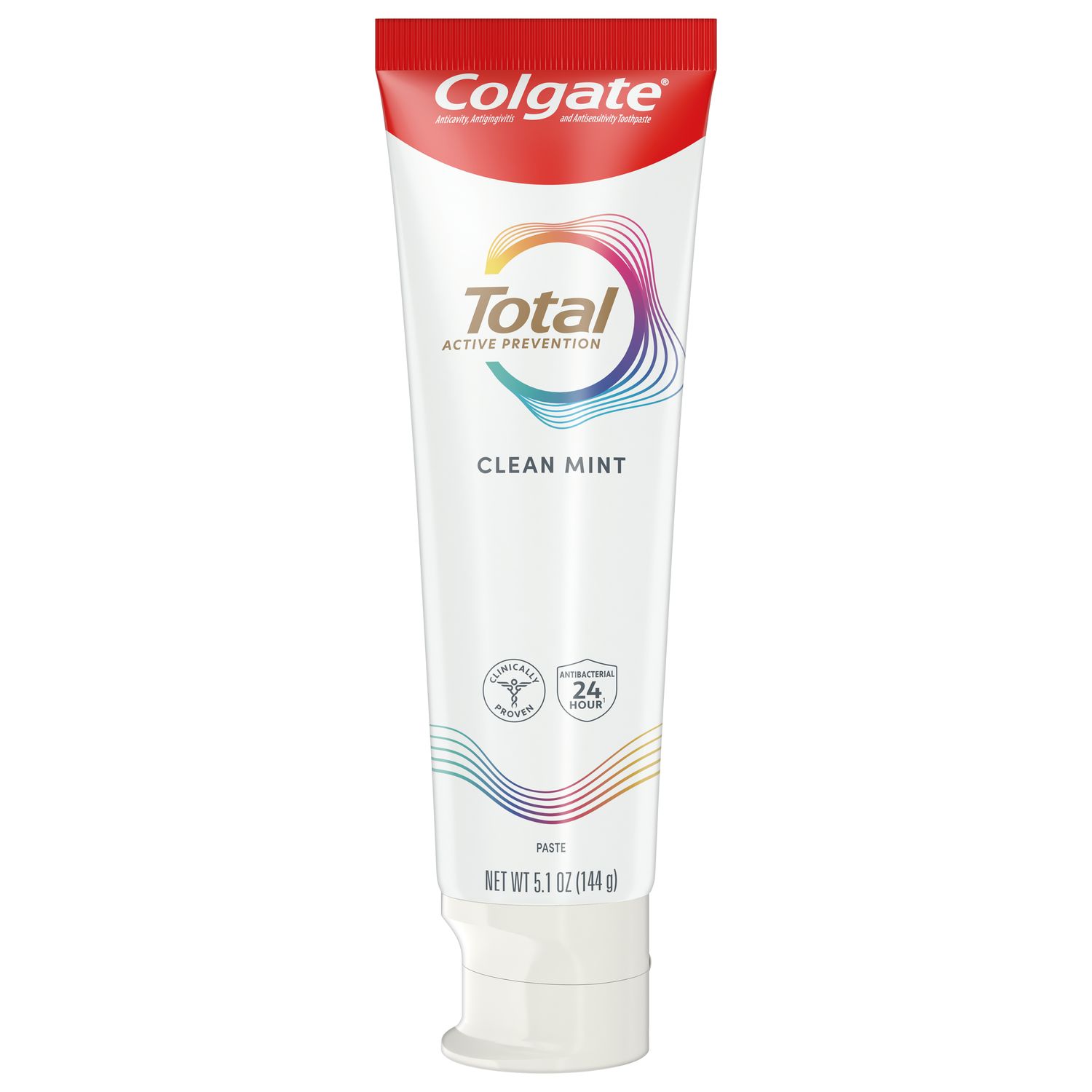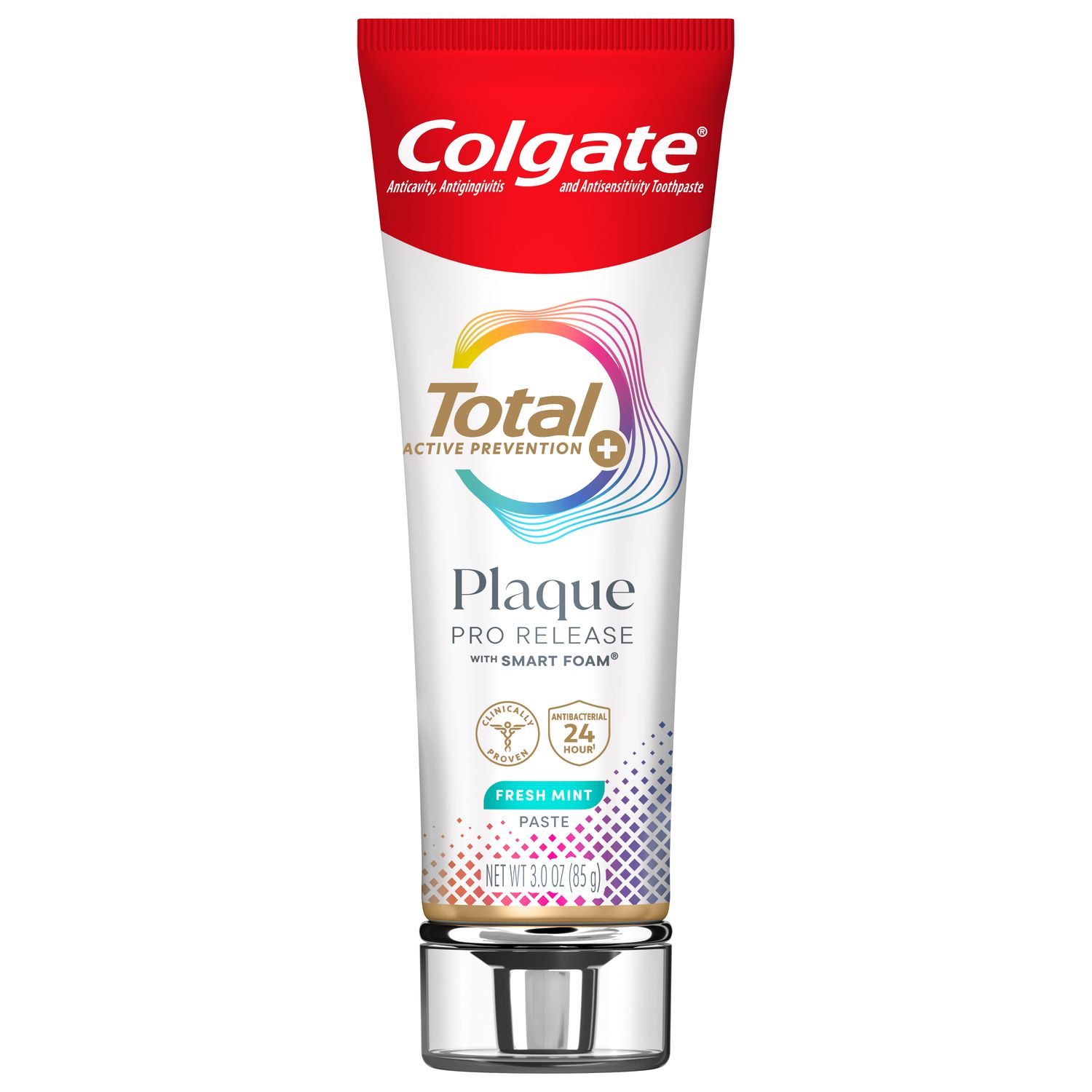
You may often put your body in painful positions without realizing it, and poor posture and shoulder pain are directly related.
Dental hygienists understand how hard their job is on their body. Some dental hygienists get pain in their wrists or hands, but most experience neck and shoulder pain. You may often put your body in painful positions without realizing it, and poor posture and shoulder pain are directly related.
According to RDH Magazine, in one survey 58 percent of dental hygienists reporting work-related pain or discomfort stated that they experienced work-related shoulder pain. What's more, 18 percent of survey takers reported developing an injury during their first year of practice. This high incidence of work-related injury can be attributed to repetitive arm and hand motions, a confined workspace and a tendency to stand or sit in difficult positions for long periods of time. Over time, notes a study in the journal Healthcare, uncomfortable static postures can create an imbalance in the length and strength of muscles and put dental professionals at risk for musculoskeletal disorders. Good posture helps to reduce shoulder pain at the end of the workday and to prevent lifelong problems.
Ergonomics 101
RDH Magazine suggests positioning your feet flat on the floor so that your spine can support the weight of your core. Don't sit with your feet under your stool, or legs or ankles crossed. Your arms, elbows and wrists should be parallel to the floor and at the same height as the patient's mouth. Having the patient too high up can cause your arms to bend away from your body, creating a position that increases neck strain.
Have patients turn their head if you need to, and use your mirror as much as you can to help you avoid leaning in towards patients to be able to see the clinical site. Try setting up the instruments you need within reach to help keep you from twisting away from a neutral posture.
A saddle seat can also help you keep your spine aligned. Regardless of which chair you have in your office, try to keep it at a height that lets your feet squarely touch the ground and not so low that you have to crouch over your work.
Solutions for Shoulder Pain
Even if you're aware of your chair, the devices you are using can also impact your joints. Dental professionals who work without proper magnifying loupes may position patients too high and hunch over to see clearly. Wearing loupes with a headlight can help to prevent and reduce shoulder and neck pain by encouraging you to keep your arms closer to your midsection and your neck elevated.
A frustration you may face is when a patient refuses to let you recline the back of the patient chair. There are patients who have medical reasons for not having the chair fully reclined (such as swallowing difficulties associated with Parkinson's disease, according to the Parkinson's Foundation), but you should encourage the majority of your patients to sit in a clinician-friendly position. You certainly need to be accommodating to those patients who need to sit upright or only partially reclined for health reasons, but keeping the chair at the appropriate height for all other patients can go far in helping to prevent you from experiencing back strain.
Try to recline the chair back a few inches before you even bring patients into the room. Pre-positioning the seat gives you a new starting point when patients first sit in the chair. You can also have the dentist come in at the beginning of the appointment to complete their exam, and ask he/she to be your ally in making sure patients are positioned correctly. However, dental hygienists should be empowered to instruct patients to move and sit in a way that is best for them and you.
Stretching is another great way to help relieve shoulder pain. You don't need to be a yoga master — even taking five minutes to stretch between patient appointments or on your lunch break can be beneficial for your muscles and joints. If changing your posture and adding stretching exercises doesn't relieve your pain, talk to your physician about other options, such as physical therapy, massage or acupuncture.
Takeaways
- Position patients correctly and make use of loupes, other devices and instruments to help reduce shoulder pain.
- Maintain good posture while you are seated and when you are on your feet.
- Stretch regularly to help prevent injuries, and if the pain doesn't subside it is best to see a physician.
Why It's Important
Proper body positioning is essential to a long, healthy career in dental hygiene. Many dental hygienists end up getting burned out physically due to the strains of the profession. Having poor posture can cause fatigue that may only worsen as the week progresses. Maintaining good posture is essential in helping you have a pain-free, long and healthy career.
Join us
Get resources, products and helpful information to give your patients a healthier future.
Join us
Get resources, products and helpful information to give your patients a healthier future.













